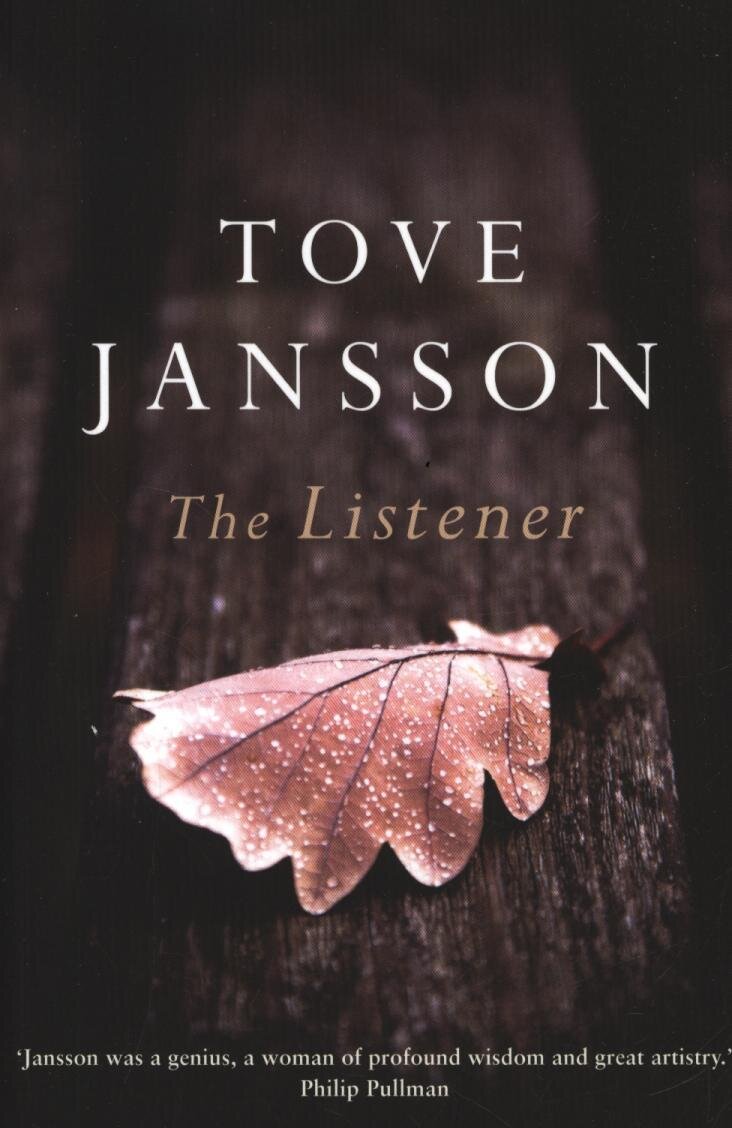What do you think?
Rate this book


Paperback
First published January 1, 1971
Actually, there’s nothing the matter with him except that he’s so terribly nice. Maybe that’s natural for a big endomorph like Lucio, but it doesn’t seem to me that endless, almost heart-breaking niceness of that kind can be natural for a person who has had so many disappointments. I heard about those indirectly, not from him; he never talks about himself. I really don’t believe I’ve ever heard him make any voluntary statement about anyone he knows or has ever known or been introduced to. It creates an empty space around him.We actually learn very little about the man bar his name and that he works at “the Institute”. It’s as if Jansson has decided to take a slice out of his life and only describe the man by reference to everything that’s caught within its limits, i.e. Lucio as seen through the eyes of his friends and workmates. I say “little more” but that’s not a bad thing.
Of course we all love Lucio. But it’s an affection that borders on despair and can even cross over into irritation.
“Come in,” said Miss Häger. “Please, go right on into the sitting room, where there’s room for everyone. Don’t stand in the doorway, go right on in …” The children went into the sitting room. She clapped her hands and cried, “Now you can start to play! What game would you like to play?” They stared at her without answering. Vera Häger went out into the kitchen and said, “You’ve got to come, right now, right away. It’s not working.”The two women end up hiding in the bedroom while the children entertain themselves:
Her sister lifted the platter with the decorated ice cream and said, “What do you mean? What’s not working?”
“The party. They’re just standing around. I don’t think they like me. And Daniela hasn’t come.”
Anja Häger sat up in her bed, looked at the wall and said, “Social life is dreadful unless you love the people you entertain. People smile with their teeth because they’re afraid. Children are honest. They make a dark jungle and roar.”There are eighteen stories in all so none is very long—only ‘The Squirrel’ is in any way substantial—and the longer ones do work better. One of the shortest is ‘The Rain’ which you can read in full here. It’s not the best piece but it will give you a flavour of what to expect. This was one where I actually went back and reread the thing convinced I’d missed stuff. Which I had. Every word counts and so don’t think about skimming these or reading when you’re tired (which I was by the time I got to ‘The Rain’).
“I don’t understand,” Vera said.
“Is there anyone,” Anja said, “is there one single person we long to spend time with?”
“Are you trying to start an argument?” Vera said.
“It’s possible,” Anja answered. “But not right now. I’m asking because I’d like to know. We could talk about it.”
“We never talk,” Vera said. “We just live.”